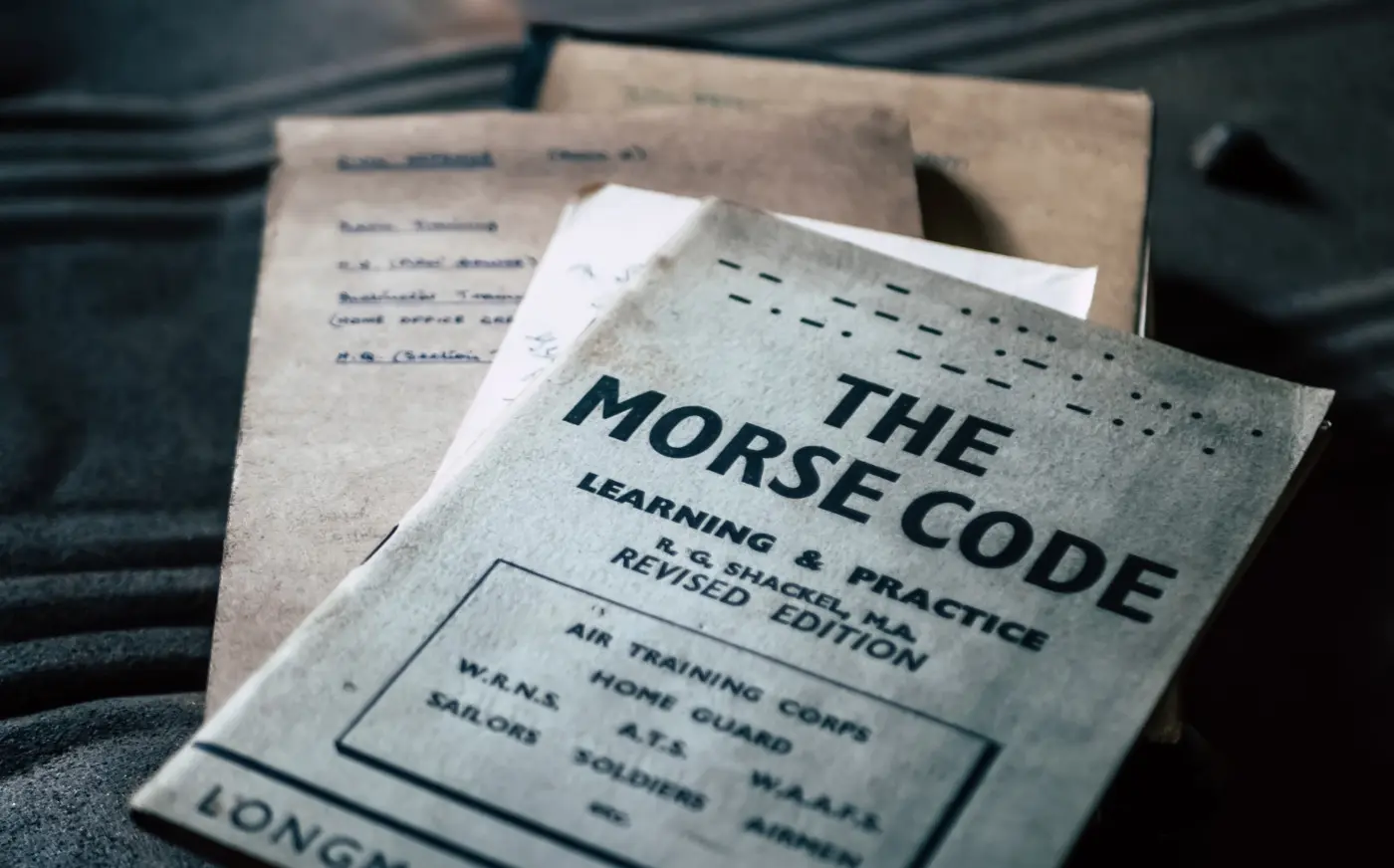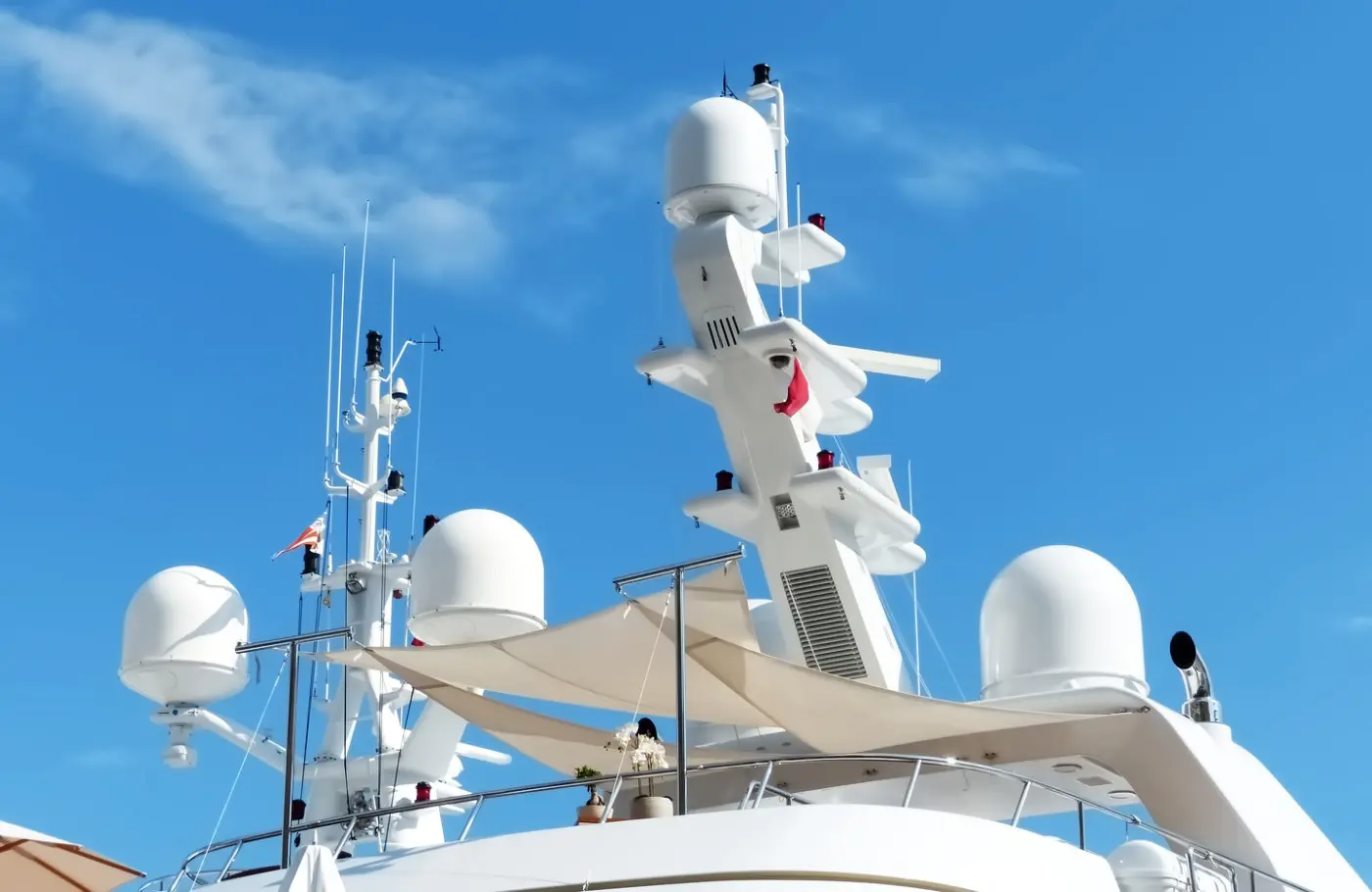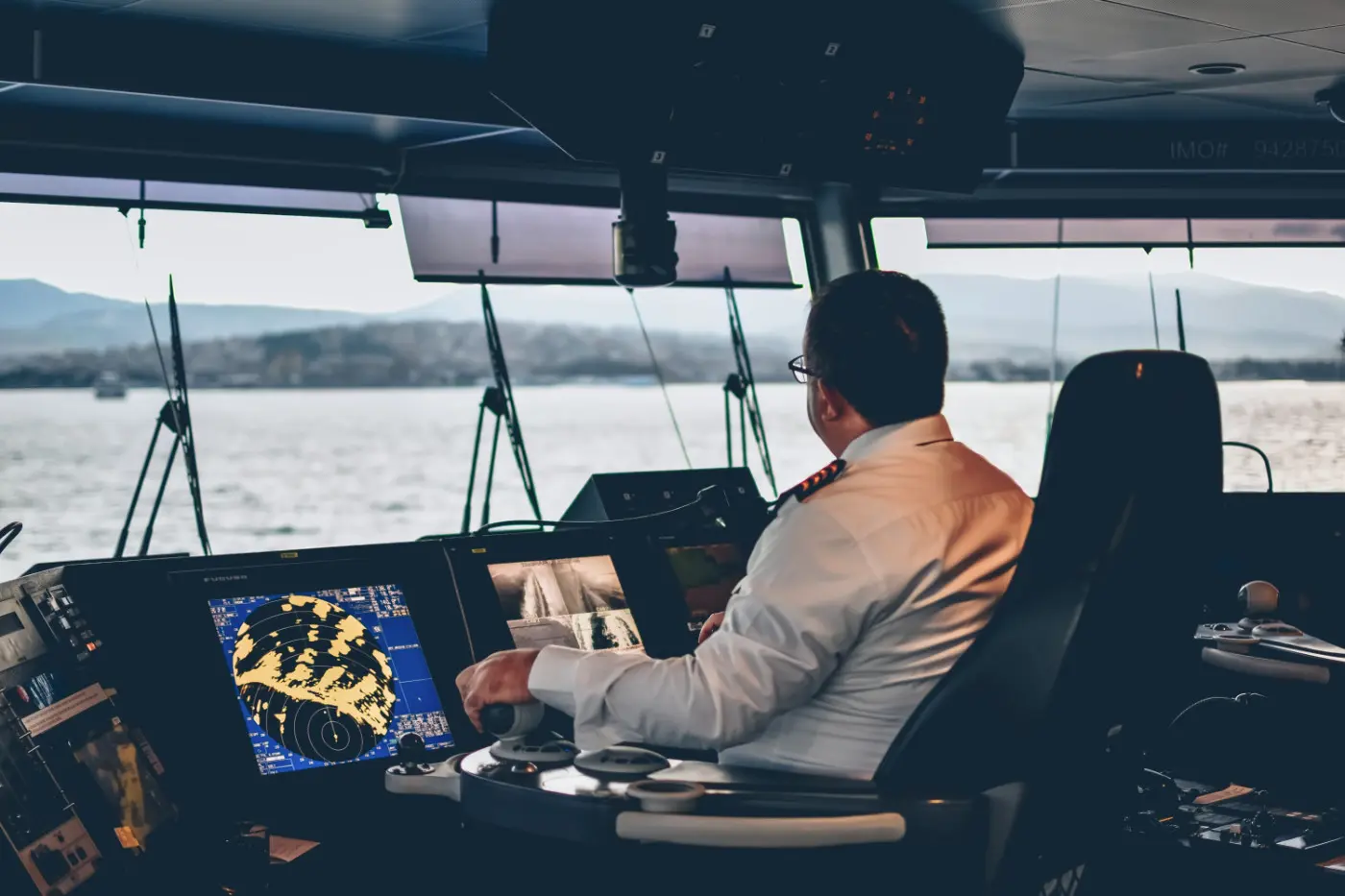When did Ships Start Using Radios?
Ships started using radios for communication in the early 20th century. Learn about the history and significance of radio communication in maritime operations.
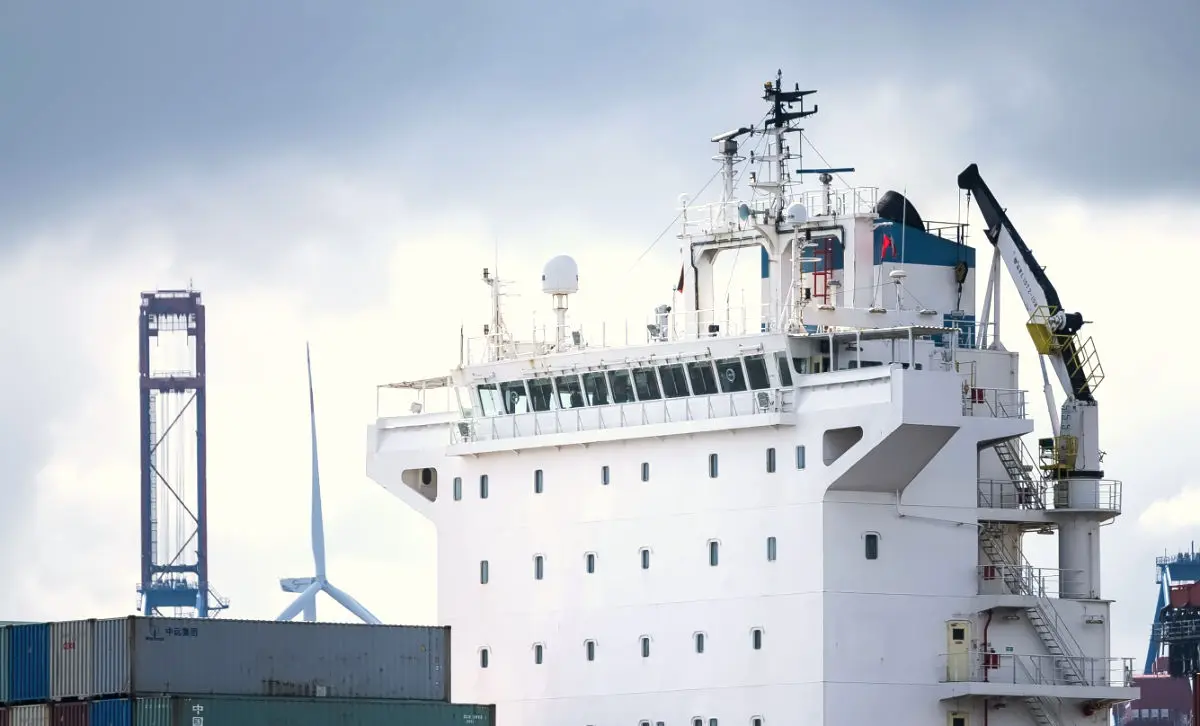
When did ships start using radios? The answer to this question marks a significant milestone in maritime history.
Radio communication revolutionized the way ships could communicate with one another and with shore stations, enhancing safety at sea and enabling more efficient operations.
In this blog post, we will explore the origins of shipboard radio communication, the pivotal role it played in the Titanic tragedy, the evolution of radio technology, international regulations governing radio use at sea, the role of radio in modern maritime operations, and what the future holds for radio communication at sea.
The Dawn of Maritime Radio Communication
The initiation of radio communication aboard ships can be traced back to the brink of the 20th century, marking a pivotal evolution in maritime history. With the Marconi Company at the forefront, the early 1900s witnessed the inaugural instances of commercial radio communication at sea. This technological breakthrough enabled ships not only to maintain contact with one another across the vast expanses of the ocean but also to establish connections with coastal radio stations. For the first time, vessels at sea had access to vital information such as weather forecasts and navigational warnings, significantly enhancing maritime safety and operational efficiency.
This era saw ships transitioning from traditional means of communication, such as signal flags and lanterns, to a more reliable and instantaneous method. The capability to send distress signals and communicate with other ships or shore stations regardless of visibility conditions represented a monumental leap forward. The technology rapidly became indispensable for maritime operations, laying the groundwork for the comprehensive safety protocols and regulations that would follow.
Moreover, the early adoption of radio communication by ships catalyzed further innovations in the field. It spurred the development of more sophisticated equipment, improving the range, clarity, and reliability of transmissions. This period of innovation laid the essential foundation for the intricate and robust communication systems that modern maritime operations depend on today. Through these early efforts in integrating radio technology, the maritime industry began its journey towards a future where communication limitations are continuously pushed, aiming for greater safety and efficiency on the world's oceans.
The Titanic Tragedy: A Catalyst for Change
The harrowing loss of the Titanic in 1912 undeniably accelerated improvements in maritime safety measures, especially emphasizing the critical role of radio communications on ships. Despite the ship's possession of radio equipment, the lack of a continuous monitoring system meant that the Titanic's distress calls did not receive the prompt attention they desperately needed. This oversight had dire consequences, not only for the ill-fated vessel and its passengers but also for the future protocols of maritime operations.
In the wake of this tragedy, the maritime community was compelled to reevaluate and enhance the standards of radio communication to prevent such disasters from recurring. It led to the establishment of more stringent regulations requiring ships to maintain a 24-hour radio watch, ensuring that distress signals could be received and acted upon at any moment. This pivotal moment in maritime history underscored the undeniable importance of reliable and effective radio communication for the safety and survival of ships at sea.
As a direct consequence, the world saw the initiation of a new era in maritime safety, where continuous communication became a mandated standard, not merely an optional advantage. The Titanic tragedy thus served as a turning point, prompting not only the enhancement of radio communication capabilities but also fostering a culture of safety that prioritized the well-being of those aboard ships traversing the vast and unpredictable seas.
The Evolution of Shipboard Radio Technology
The aftermath of the Titanic disaster set the stage for rapid advancements in shipboard radio technology. The early reliance on Morse code for sending distress signals and other communications gradually gave way to the advent of voice transmission, marking a significant leap in operational efficiency and safety protocols at sea. This transition facilitated clearer and more immediate exchanges between ships and shore stations, fostering a more connected and responsive maritime environment.
As the 20th century progressed, the evolution of radio technology aboard ships saw the introduction of radar in the 1930s. Radar technology revolutionized navigation and collision avoidance, allowing ships to detect other vessels and obstacles even in poor visibility conditions. This development not only enhanced safety but also improved the efficiency of maritime travel by enabling more precise route planning and maneuvering.
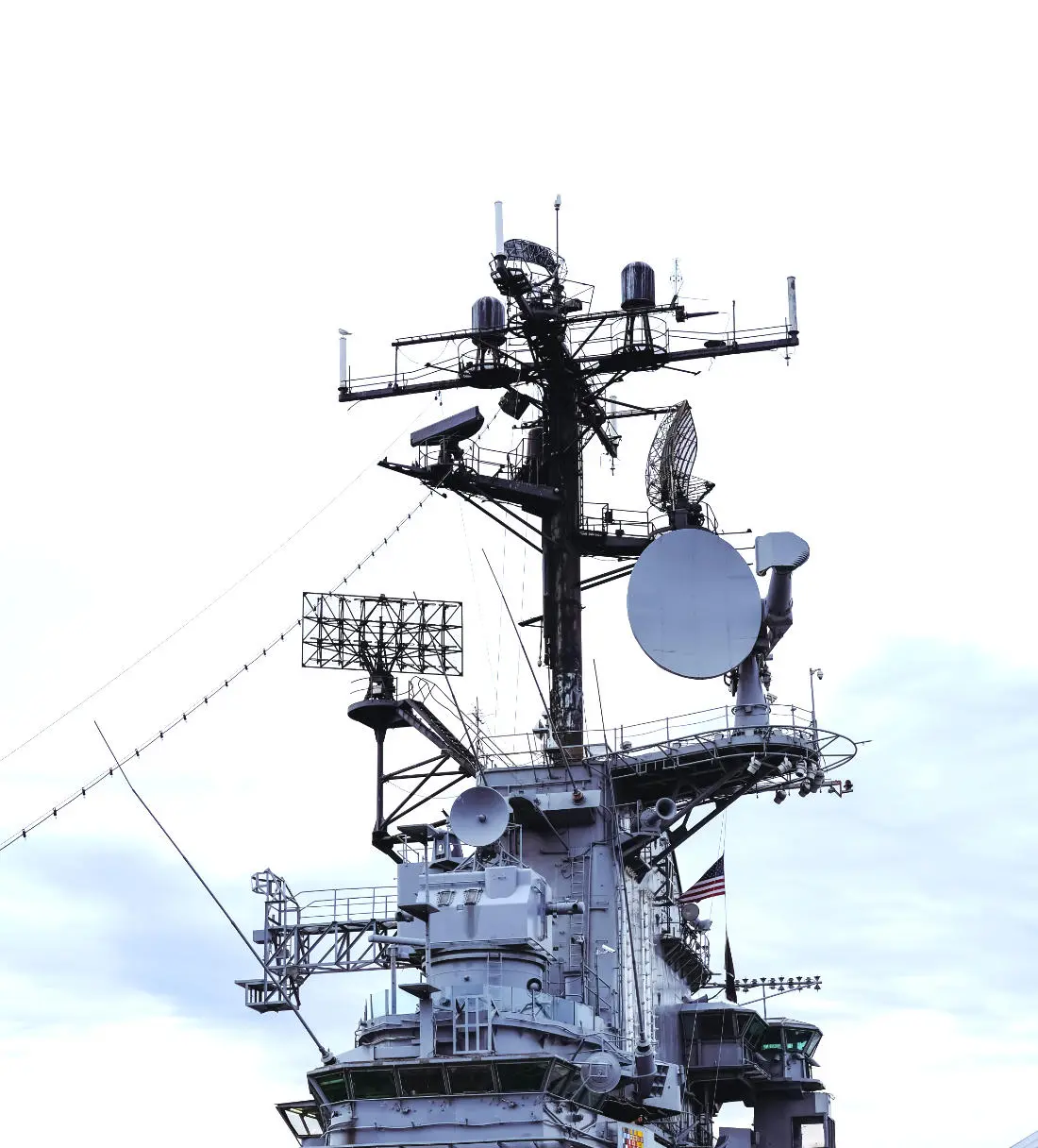
The latter half of the century witnessed the integration of satellite communications, a milestone that expanded the horizons of maritime communication beyond the limitations of traditional radio waves. Satellite technology allowed for real-time data transmission across vast distances, ensuring that ships, regardless of their location on the globe, could maintain continuous communication with coastal stations and other vessels. This era also saw the emergence of the Global Maritime Distress and Safety System (GMDSS), an internationally agreed-upon set of safety procedures, types of equipment, and communication protocols designed to ensure the safety of maritime traffic by enabling swift and efficient rescue operations.
Further technological innovations included the development of automatic identification systems (AIS) and digital selective calling (DSC), which added layers of safety and operational capability. These systems provided automatic tracking and simplified the process of sending distress signals, respectively, contributing to a more interconnected and safer global maritime community.
Each technological stride in shipboard radio communication has been driven by a relentless pursuit of enhancing maritime safety, operational efficiency, and navigational accuracy. The journey from Morse code to sophisticated satellite communications underscores the maritime industry's adaptability and commitment to innovation.
International Regulations and the Safety of Life at Sea (SOLAS)
The creation and evolution of SOLAS have been fundamental in advancing maritime safety, especially concerning the use of radio communication. Born out of the need to address the dire shortcomings revealed by the Titanic tragedy, SOLAS has been pivotal in setting universal standards that ensure ships are equipped with the necessary radio communication tools to safeguard life at sea. It mandates that all passenger ships and most cargo ships navigating international waters comply with strict communication requirements.
This international treaty under the stewardship of the International Maritime Organization (IMO) outlines specific protocols for radio equipment, including the necessity for ships to carry radio telephony or radio telegraphy equipment, ensuring that they can send and receive signals effectively in times of distress. To further enhance maritime safety, SOLAS has been periodically updated to reflect the latest technological advancements and operational practices. These updates have included the adoption of the Global Maritime Distress and Safety System (GMDSS), which revolutionized maritime emergency response through a set of safety procedures and automated emergency communications.
Moreover, SOLAS regulations extend beyond equipment to include crew training standards, ensuring that onboard personnel are proficient in using the communication tools at their disposal. This comprehensive approach ensures not only the presence of advanced communication equipment but also the capability of the crew to deploy such technologies effectively in critical situations.
By establishing a global standard, SOLAS has significantly contributed to the reduction of maritime accidents and the enhancement of rescue operations, showcasing the importance of international cooperation and regulation in the ever-evolving landscape of maritime safety.
The Role of Radio in Modern Maritime Operations
In the realm of contemporary maritime operations, radio communication upholds its indispensable role, serving as the lifeline for vessels navigating the vast expanses of the ocean. Essential for a broad spectrum of activities, radios facilitate crucial interactions between ships, as well as between ships and shore-based facilities. This includes pivotal operations such as the exchange of navigational information, coordination during search and rescue missions, and the crucial dissemination of weather updates and alerts that can dictate the safety and efficiency of maritime journeys.

The landscape of radio communication has been dramatically enhanced by the integration of satellite technology, providing unparalleled reach and reliability. This advancement ensures that vessels, regardless of their global positioning, can maintain a steady flow of communication, accessing real-time data and support services critical for their operational needs. Such connectivity is paramount for the dynamic environment of maritime operations, where situational awareness and rapid response capabilities are vital.
Modern maritime radios are equipped with a suite of features designed to optimize navigation and safety. The implementation of digital selective calling (DSC) allows ships to instantly send distress alerts with the push of a button, pinpointing their exact location to facilitate swift rescue efforts. Further, the adoption of automatic identification systems (AIS) has revolutionized how vessels identify each other and navigate crowded or complex sea lanes, enhancing collision avoidance measures and contributing to the overall safety of sea traffic.
Amidst this technological evolution, the human element remains at the core of radio communications. Continuous training and adherence to international communication protocols ensure that maritime personnel can effectively leverage these tools in critical situations, underscoring the symbiotic relationship between technology and expertise in modern maritime operations. As the industry moves forward, the enduring significance of radio communication, bolstered by technological progress and regulatory frameworks, continues to be a cornerstone of maritime safety and efficiency.
The Future of Radio Communication at Sea
As we navigate into the future, the prospects for radio communication at sea are bound by innovation and a continuous quest for improvement. The maritime industry stands on the cusp of a technological revolution that promises to redefine how ships communicate. Emerging technologies such as digital communication enhancements, advanced satellite systems, and automation are at the forefront of this transformation. These advancements aim to bolster the efficiency and reliability of maritime communication, ensuring that ships remain well-connected, regardless of their location on the globe.
The adoption of integrated communication systems is anticipated to offer a more cohesive and seamless communication experience aboard ships. Such systems will not only streamline operational communications but also enhance the safety measures by providing timely and accurate information exchange. Moreover, the potential integration of artificial intelligence (AI) and machine learning (ML) technologies holds the promise of optimizing communication strategies and safety. By analyzing data patterns and predicting potential communication disruptions, AI could significantly reduce the margin of error, ensuring smoother and more effective communication protocols.
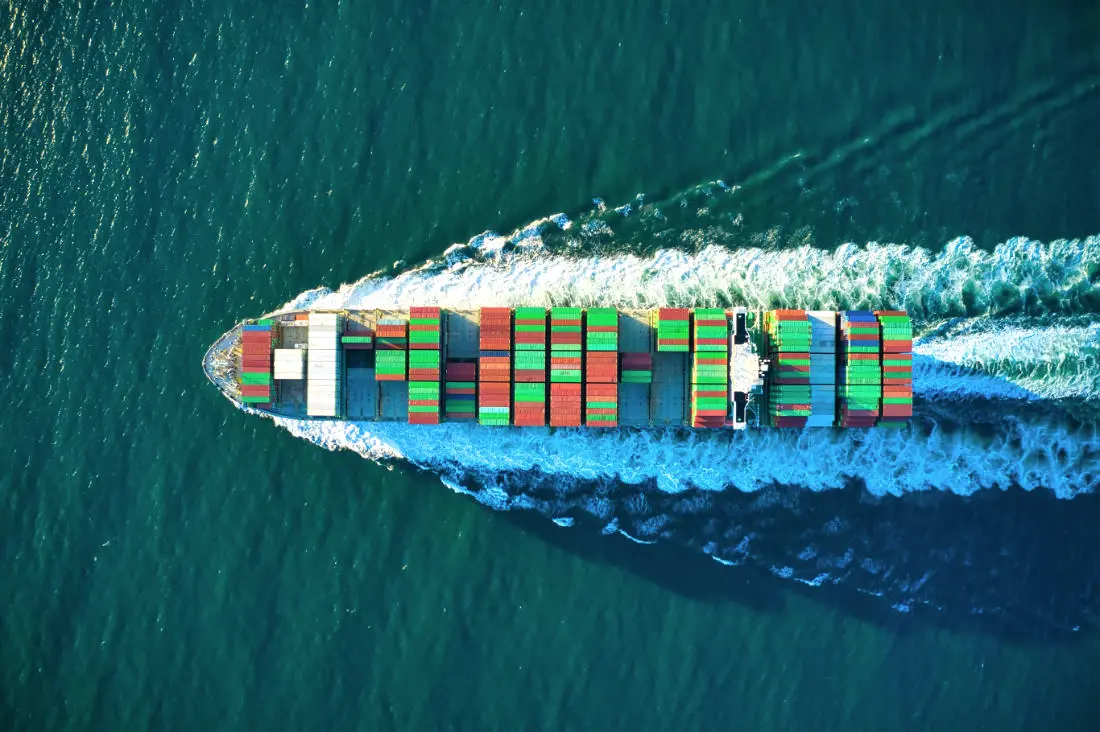
Furthermore, the development of autonomous ships relies heavily on the advancement of radio communication technologies. As the maritime industry explores the possibilities of unmanned vessels, robust and reliable communication systems become paramount to remotely controlling and monitoring these ships. This shift towards automation underscores the need for continuous innovation in radio communication to support these new paradigms of maritime operations.
In this evolving landscape, the focus remains steadfast on enhancing the safety, efficiency, and reliability of maritime communication. The journey ahead for radio communication at sea is one of exploration and adaptation, as the industry seeks to leverage technological advancements to meet the challenges of modern maritime operations.
Summary
The journey of radio communication in the maritime world has witnessed a remarkable evolution from its early days in the 20th century to the sophisticated systems in place today.
This transformation has been driven by technological advancements, the tragic catalyst of the Titanic sinking, and the establishment of critical international regulations. The development of shipboard radio technology, alongside the implementation of the Global Maritime Distress and Safety System (GMDSS) and the Safety of Life at Sea (SOLAS) treaty, has significantly enhanced the safety and efficiency of maritime operations.
In modern times, radio communication remains a vital component of maritime activities, facilitating essential functions such as navigation, safety, and emergency response through both traditional and satellite-based systems. The future of radio communication at sea looks to further innovation, with emerging technologies poised to offer even greater capabilities. As the maritime industry continues to evolve, the enduring importance of radio communication, bolstered by ongoing advancements and regulatory support, will remain a cornerstone in ensuring the safety and efficiency of maritime transport.
Also read:
